Dialing in the right espresso brew temp makes a noticeable difference in every cup. Most baristas recommend an espresso brew temp between 90°C and 96°C (194°F–205°F), with 93°C (200°F) as a reliable starting point for most beans.
Adjusting your espresso temperature within this range helps you highlight sweetness, balance acidity, and reduce bitterness. Many HiBREW espresso machines feature a PID controller, allowing you to fine-tune and maintain your chosen brew temp for consistent, satisfying results.

Why Espresso Brew Temp Matters
Espresso brew temp is one of the most important extraction variables in the brewing process. Using water that’s too cool can make your espresso taste sour and thin. If the water is too hot, your shot may turn out bitter or burnt. Brewing coffee at the optimal temperature brings out balanced flavors and a fuller body for better espresso.
- Too Low (<90°C / 194°F): The coffee is under-extracted, resulting in sourness and a watery texture.
- Too High (>96°C / 205°F): The coffee can be over-extracted, causing harsh, bitter flavors.
The Optimal Espresso Brew Temp Range for Different Roast Levels
The recommended brewing temperature for espresso-between 90°C and 96°C (194°F–205°F)-is a helpful starting point. For the best results, also consider the coffee’s roast level and your espresso machine’s performance.
|
Roast Level |
Recommended Brew Temp |
|---|---|
|
Light Roast |
93–96°C (200–205°F) |
|
Medium Roast |
91–94°C (196–201°F) |
|
Dark Roast |
89–92°C (192–198°F) |
Why Do Different Roasts Need Different Temperatures?
- Light roasts are denser and less porous because they spend less time roasting. This means they need more heat to extract flavors, sweetness, and body. A higher brew temp dissolves more of the coffee’s natural sugars and acids, balancing their bright, acidic notes and bringing out a fuller flavor.
- Dark roasts are more porous and soluble due to longer roasting. Their flavors extract more easily, so a lower brew temp is better. Cooler water helps prevent over-extraction, which can make dark roasts taste bitter or burnt, and preserves their natural sweetness and smoothness.
Tip: Start at 93°C (200°F) and adjust up or down by 1–2°C based on your roast and personal taste. This simple step helps you find the ideal flavor for your espresso, whether you prefer a lively, bright shot or a rich, smooth one. All HiBREW's machines allow you to adjust with 1°C accuracy.

How Brew Temp Stability Affects Espresso Extraction
Brew temp stability is a major factor in espresso quality. During the brewing process, water temperature should stay within a narrow range-ideally between 90°C and 96°C. When the temperature is stable, extraction variables remain predictable, resulting in better espresso with balanced flavors and a fuller body.
If the temperature drops or spikes during extraction, you might only hit your desired temperature for a few seconds. After that, the water can cool quickly, especially in the final phase of brewing. This instability can cause under-extraction (sour, weak coffee) or over-extraction (bitter, harsh flavors), making it difficult to achieve the taste you want.
Entry-level home espresso machines often lack a PID controller. As a result, their brewing temperature can swing by as much as ±3°C to ±5°C during a single shot. This makes it hard to maintain the optimal brew temp throughout the process. You may notice that the first part of the shot tastes different from the last, and it’s challenging to repeat good results.
High-quality machines, like those from HiBREW, are built with advanced PID controllers. A PID system constantly monitors and adjusts the heating element, keeping the water at your set, desired temperature. This level of control ensures the brew temp stays stable from start to finish, so every espresso you pull is consistent and well-balanced.

How to Adjust Espresso Brew Temp for Better Espresso
1. Use a PID Controller for Accuracy
Many HiBREW espresso machines come with a PID controller. This feature lets you set and hold your desired temperature, so every shot is brewed at the same heat. It’s easier to get consistent results and experiment with different beans.
2. Match Temperature to Your Beans
- Light roast: Set the brew temp to 94–96°C (201–205°F).
- Medium roast: Try 92–94°C (198–201°F).
- Dark roast: Use 89–92°C (192–198°F).
3. Taste, Adjust, Repeat
Pull a shot and taste it. Even a 1°C change can shift the flavor.
- If your espresso tastes sour or thin, increase the temperature.
- If it’s bitter or harsh, lower the temperature.
4. Preheat Everything
Before brewing coffee, preheat your machine, portafilter, and cups. Cold water or equipment can lower the actual brewing temperature and affect taste.
5. Keep Other Extraction Variables Consistent
When you change the espresso brew temp, keep your grind size, coffee dose, and shot yield the same. This helps you see how temperature alone changes your espresso.

Common Mistakes to Avoid
- Skipping Temperature Control: Not using a PID controller or forgetting to preheat can lead to uneven results.
- Changing Too Much at Once: Make small adjustments to the brew temp so you can notice the effects.
- Ignoring Roast Level: Using the same temperature for every bean can hide unique flavors or make some coffees taste off.
Why HiBREW Machines Stand Out
HiBREW espresso machines are designed with advanced PID controllers, making it easy to set and keep your desired temperature. This gives home baristas more control over the brewing process, so you can experiment with different beans and always aim for better espresso.
Cold Brew Espresso? Exploring New Brew Variables
While most of our discussion has focused on finding the optimal espresso brew temp, at HiBREW we love to experiment with every aspect of the brewing process-including temperature.
One unique approach is making cold brew espresso using room temperature water (around 25°C). This method opens up new possibilities for coffee lovers who want to try something different.
The result is smoother, less acidic, and milder than classic espresso, making it a great base for iced coffee or for those who prefer a gentler cup.
Why Try Cold Brew at 25°C?
- Produces a milder, smoother coffee with lower acidity and bitterness.
- Highlights chocolatey, nutty, and sweet notes in different beans.
- Perfect for iced coffee, summer drinks, or anyone sensitive to acidity.
- Lets you explore new flavors and extraction variables with your favorite beans.
HiBREW Machines Make It Easy
HiBREW’s H10A, H10B, H10Plus, and H7B models allow you to set your brew temp as low as 25°C. This means you can experiment with cold brew right from your espresso machine-no extra gear needed. Simply set your desired temperature, use your favorite beans, and let the brewing process do the rest.
Ready to improve your espresso brewing process? Try a HiBREW espresso machine with a PID controller and see how easy it is to dial in your desired temperature for better espresso, every time.

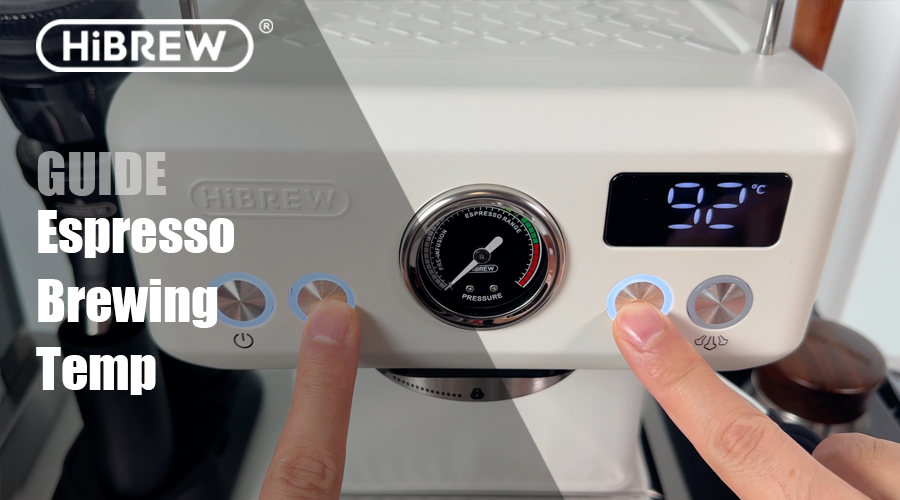
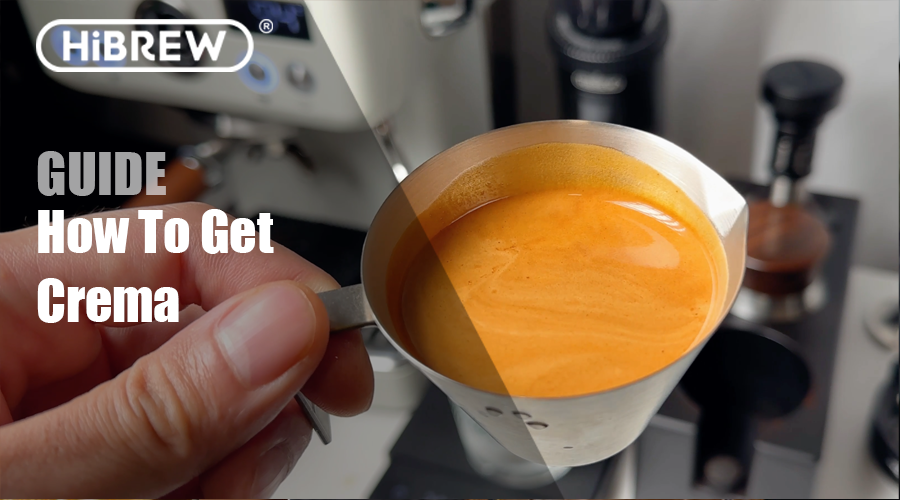
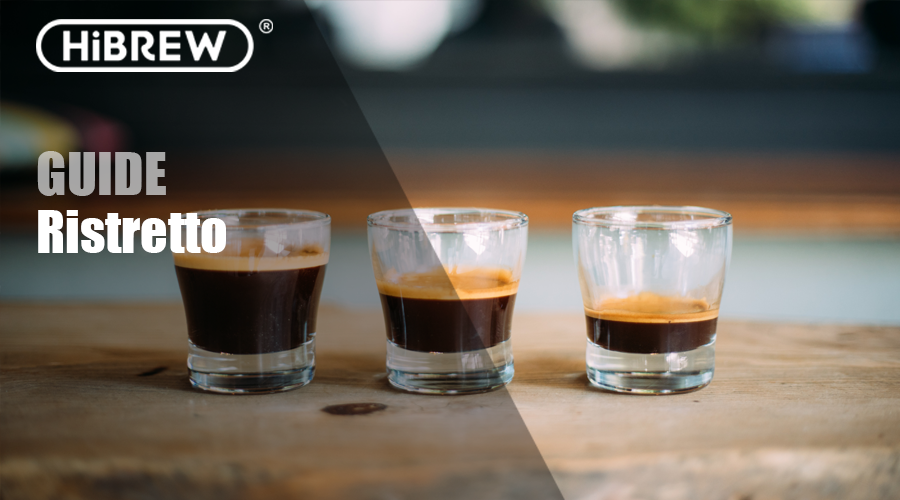
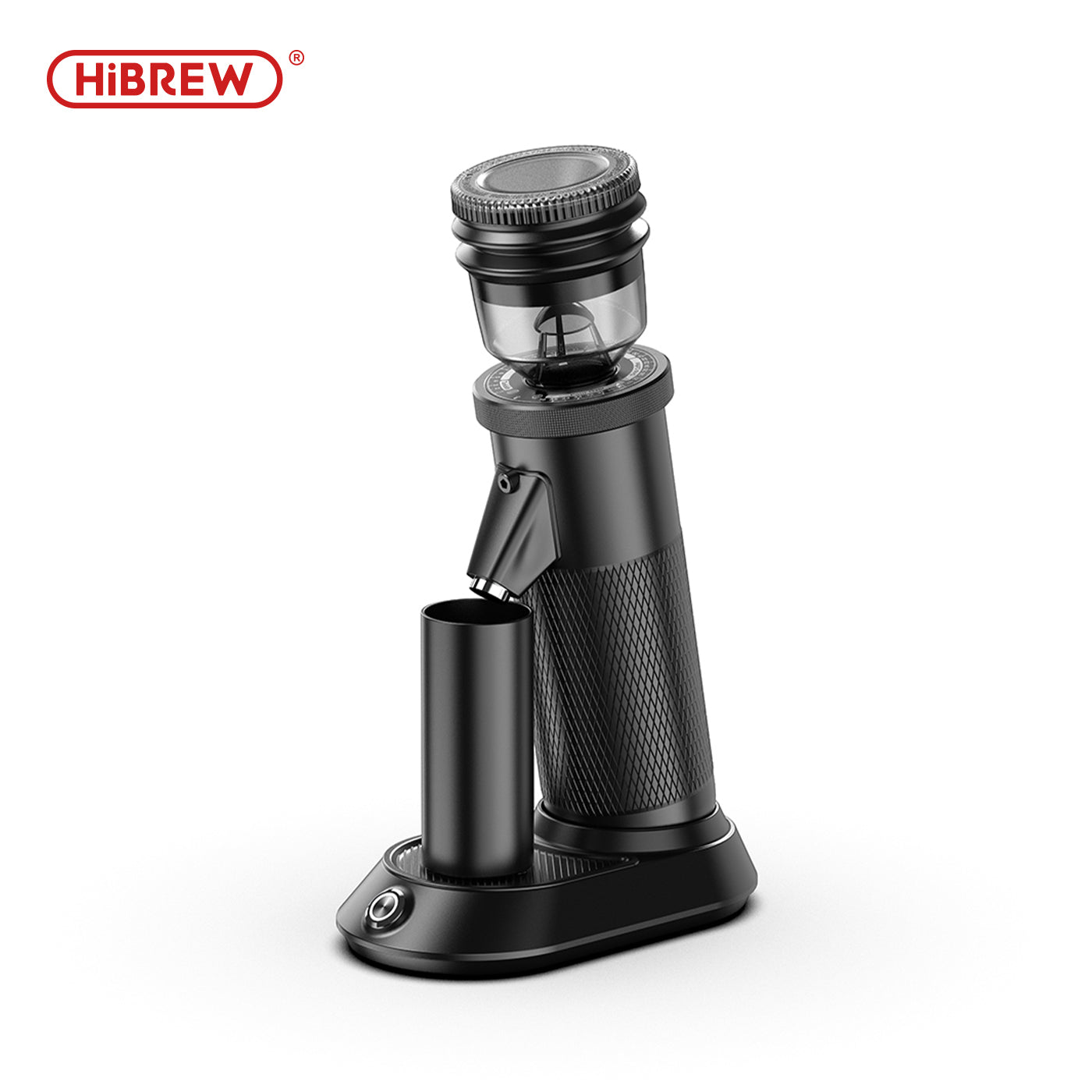
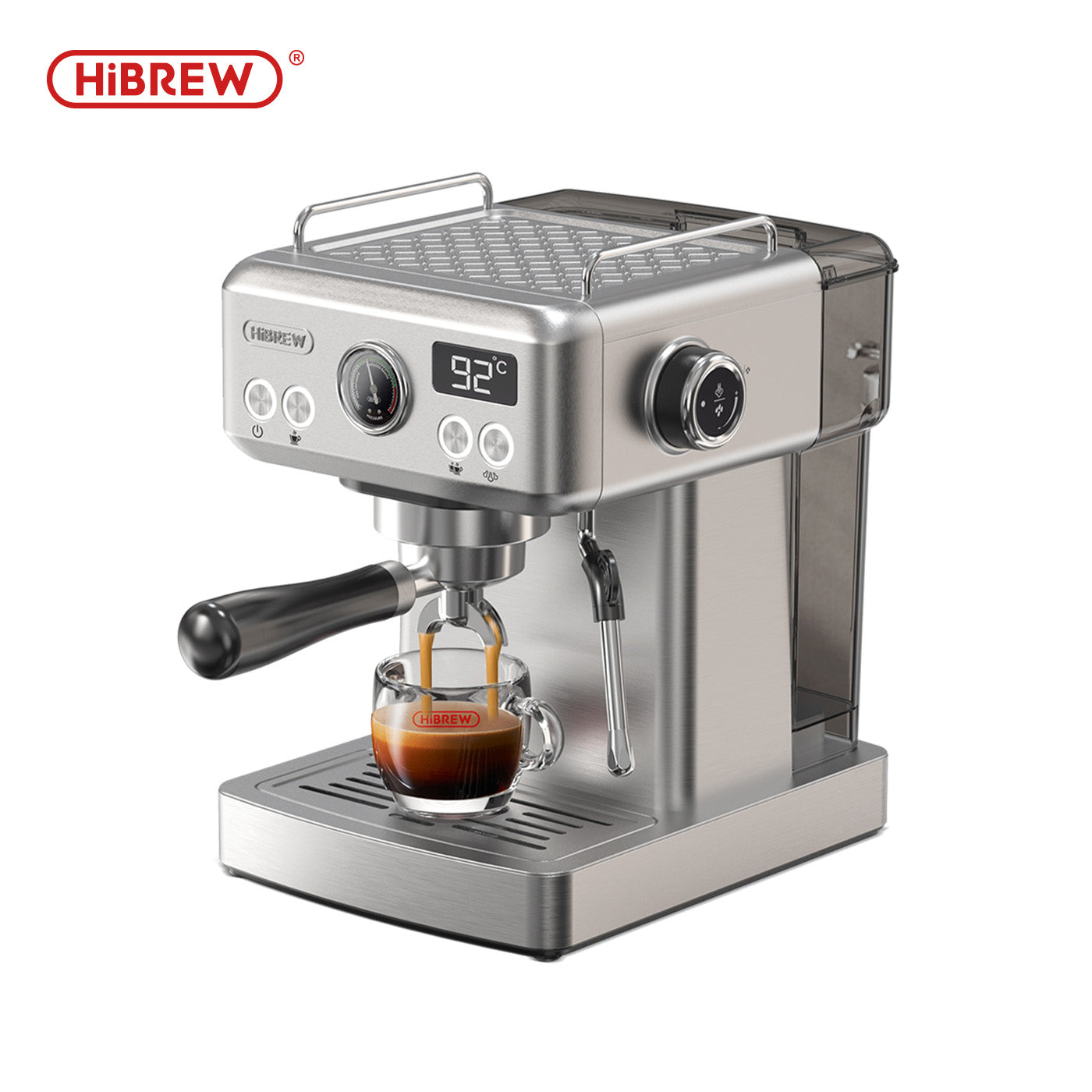
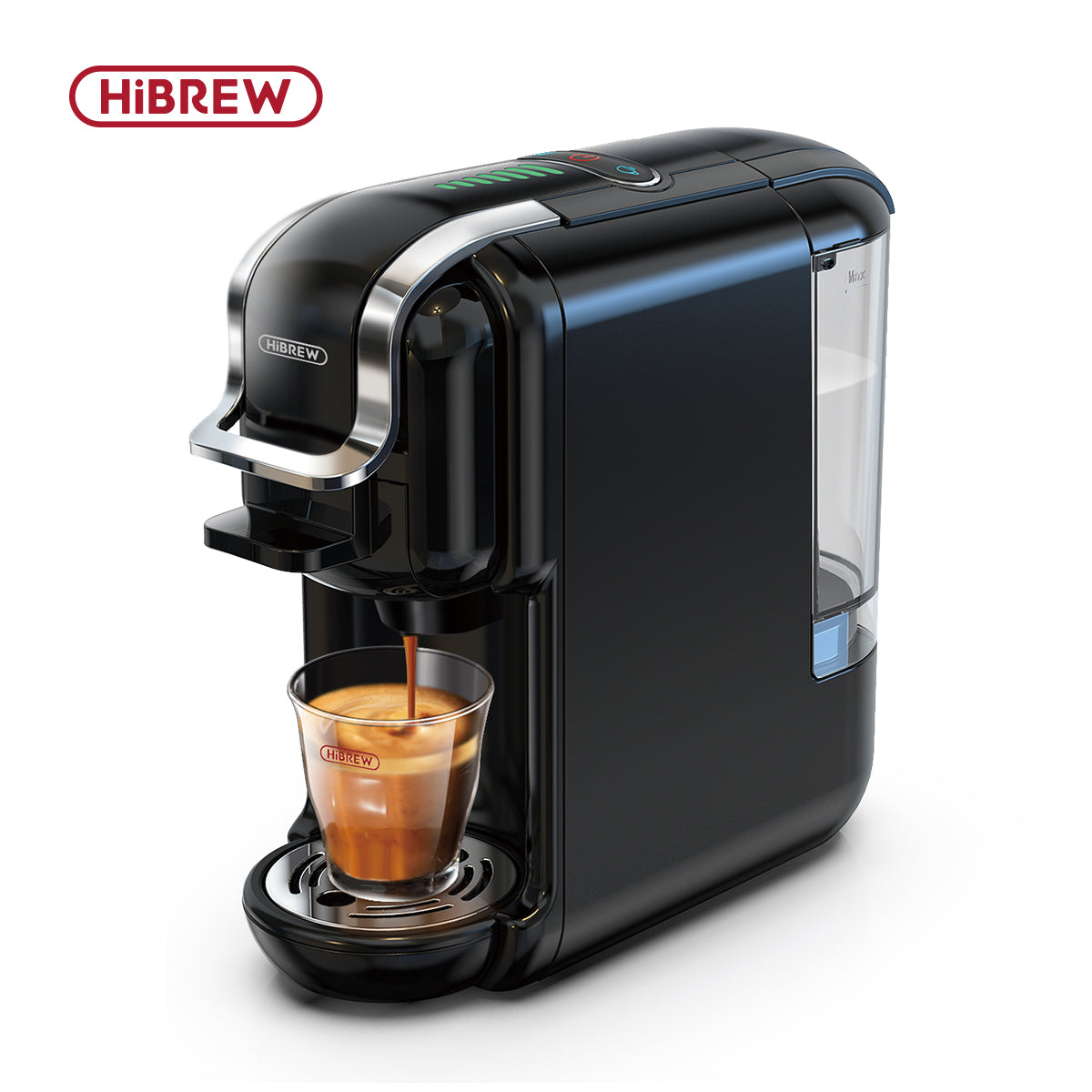
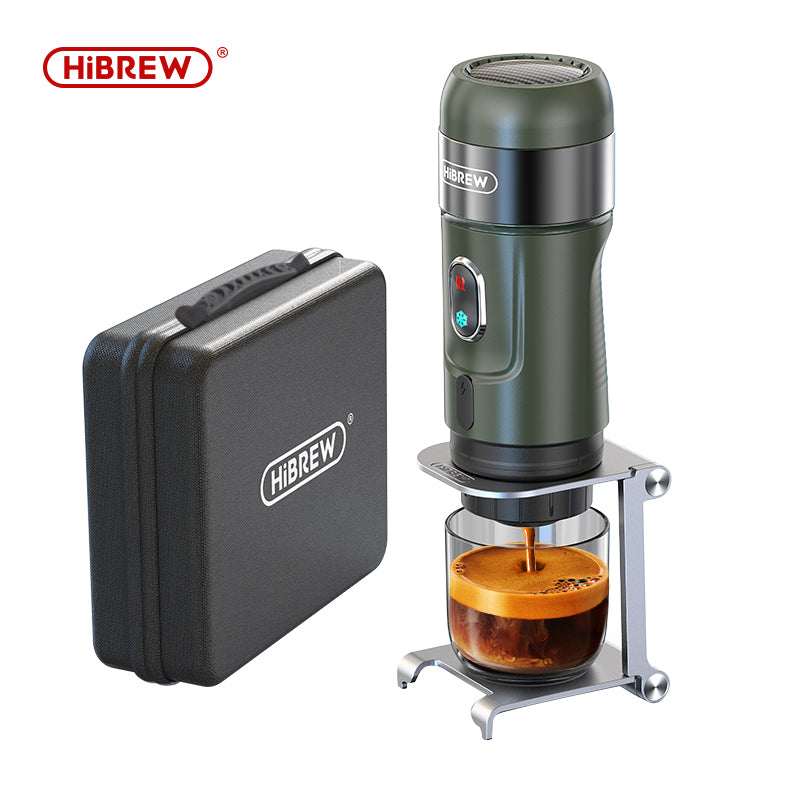
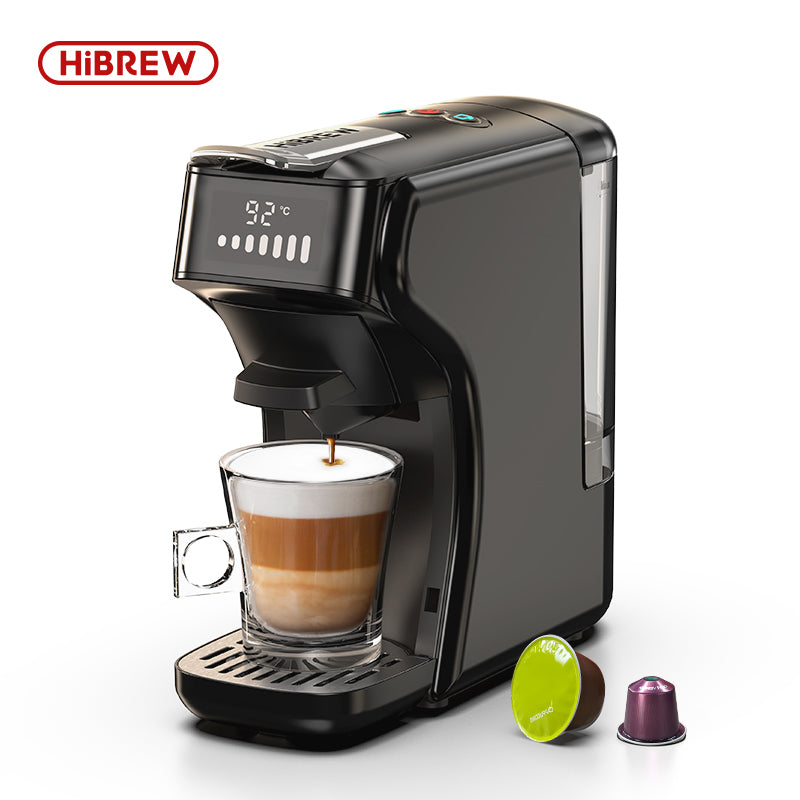
Leave a comment
All comments are moderated before being published.
This site is protected by hCaptcha and the hCaptcha Privacy Policy and Terms of Service apply.